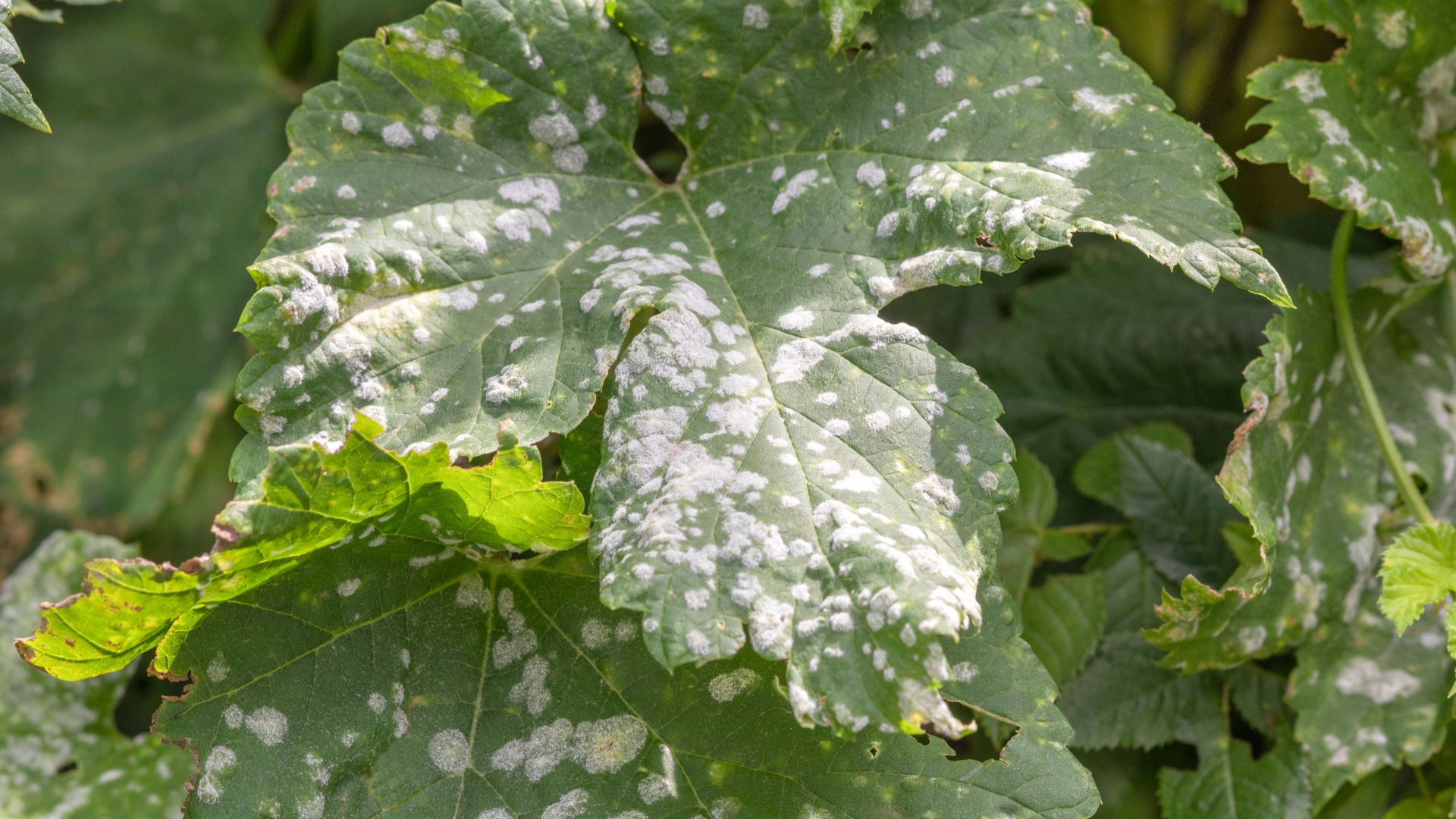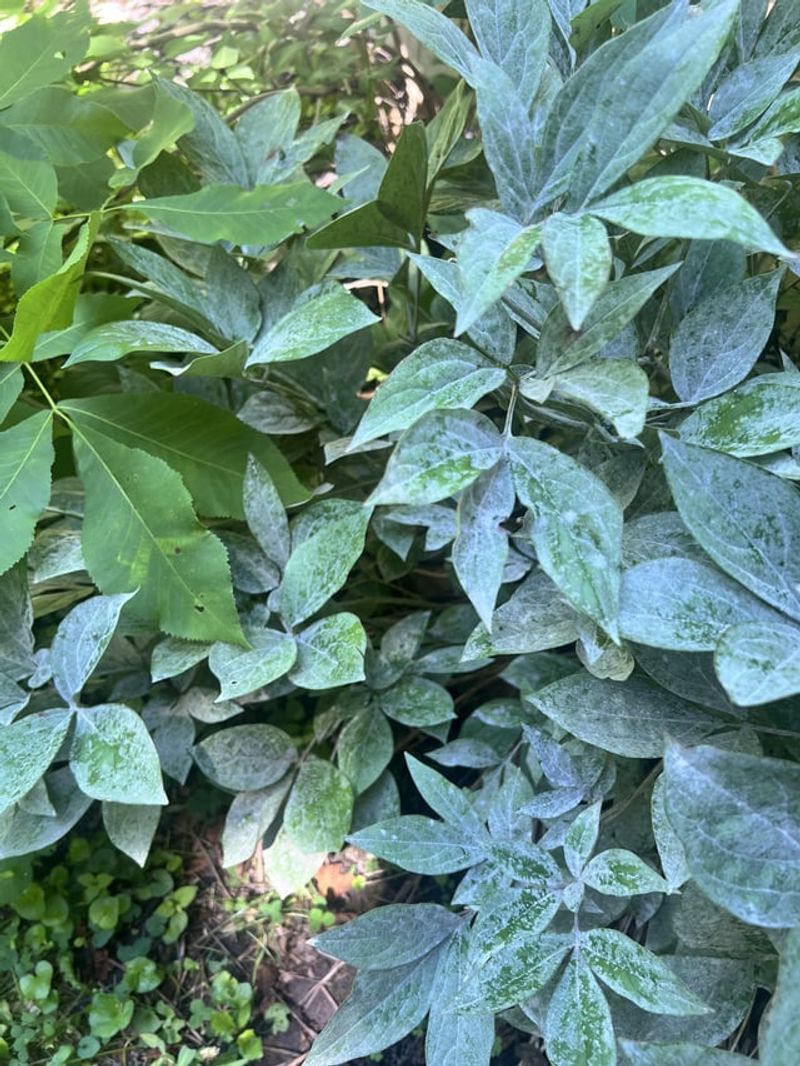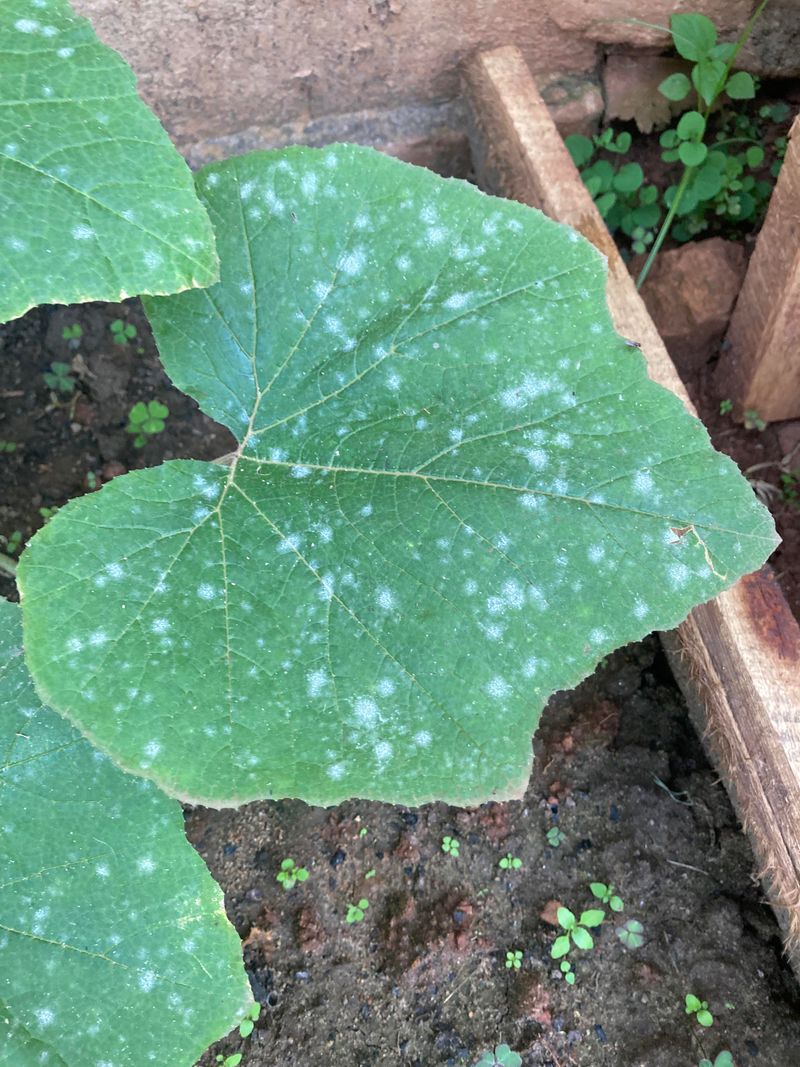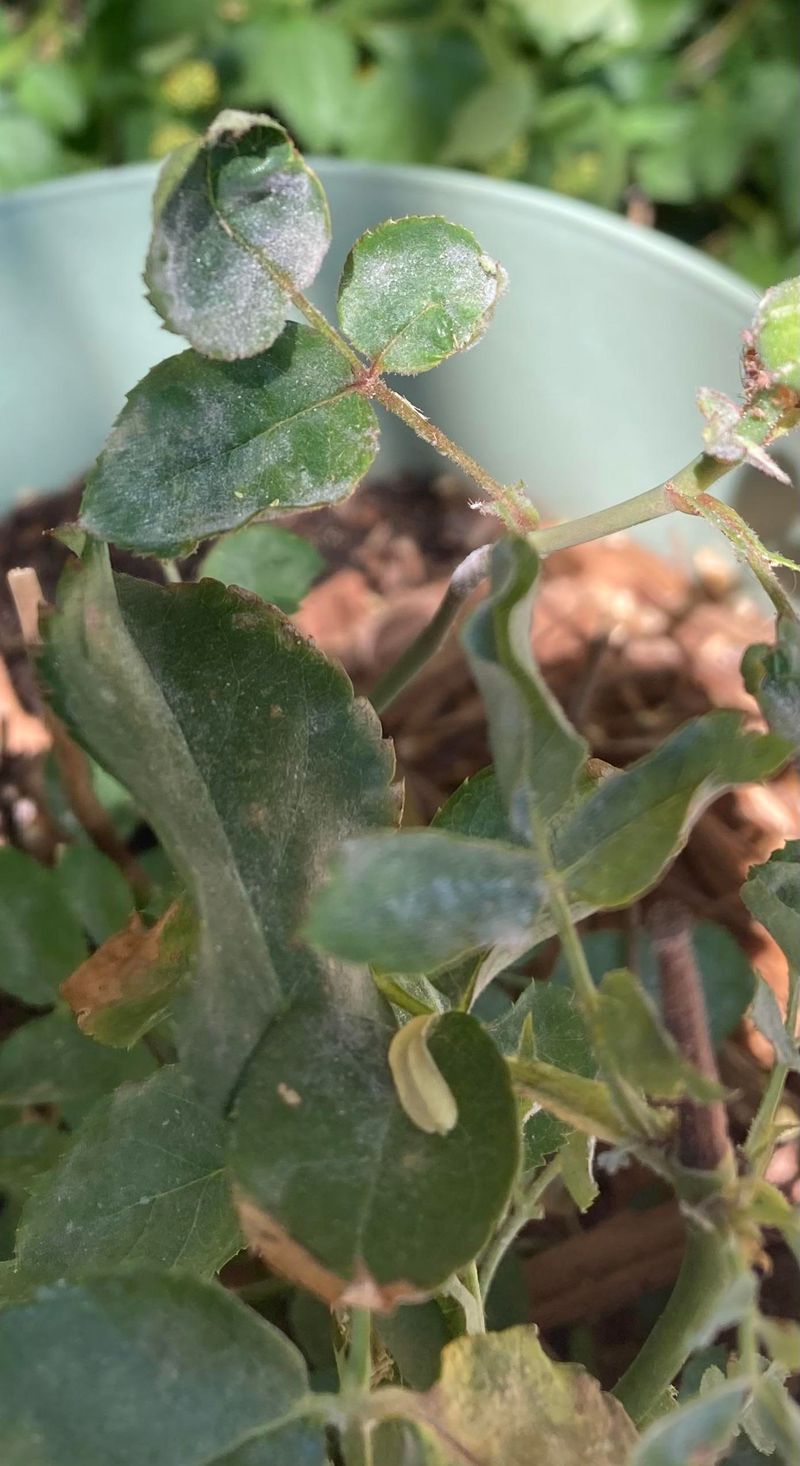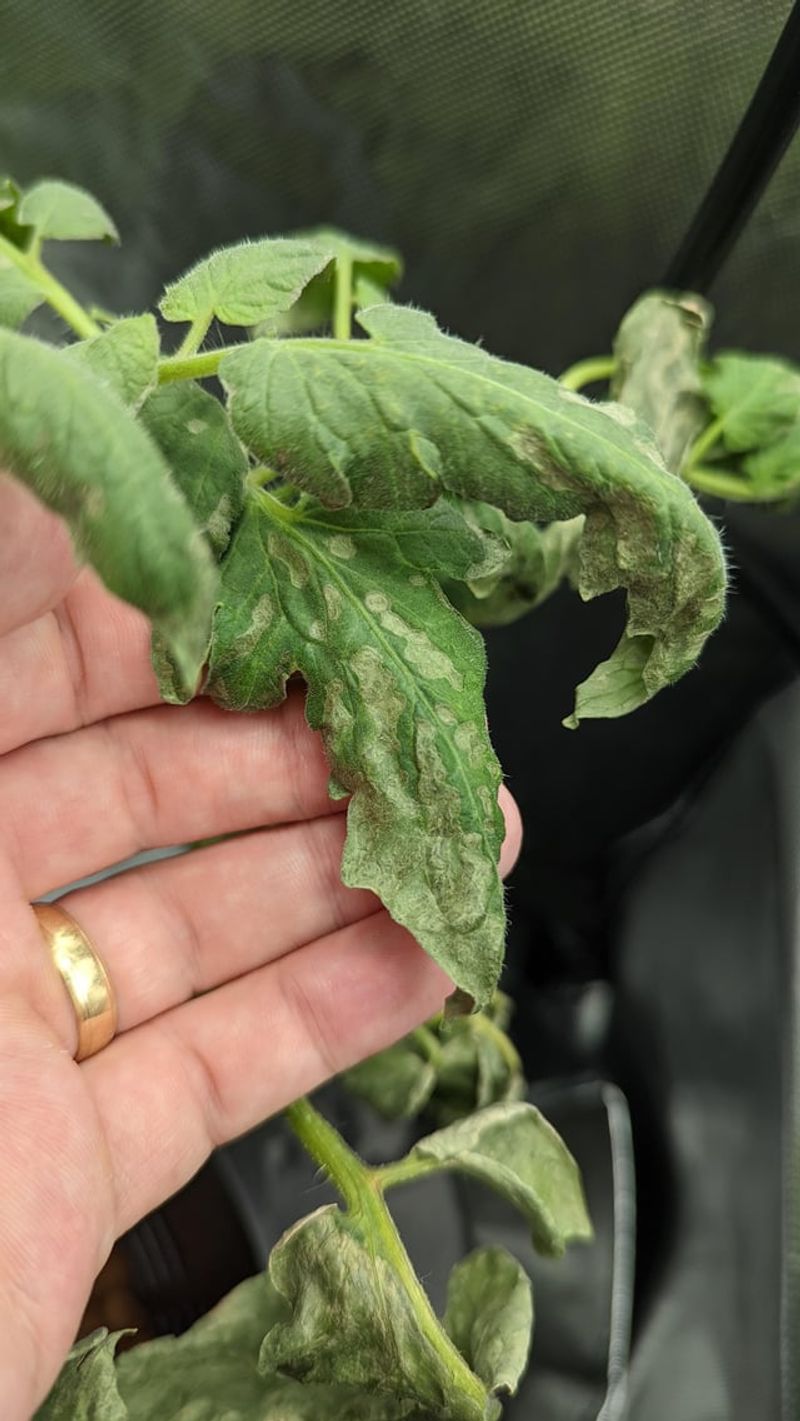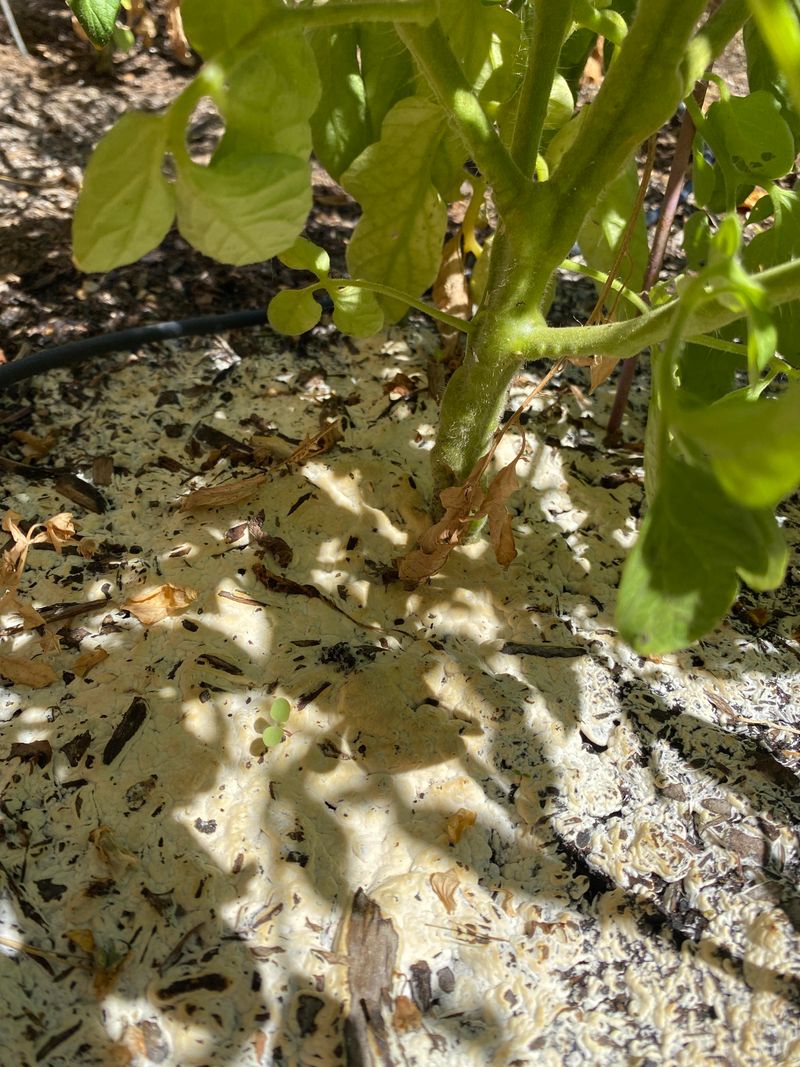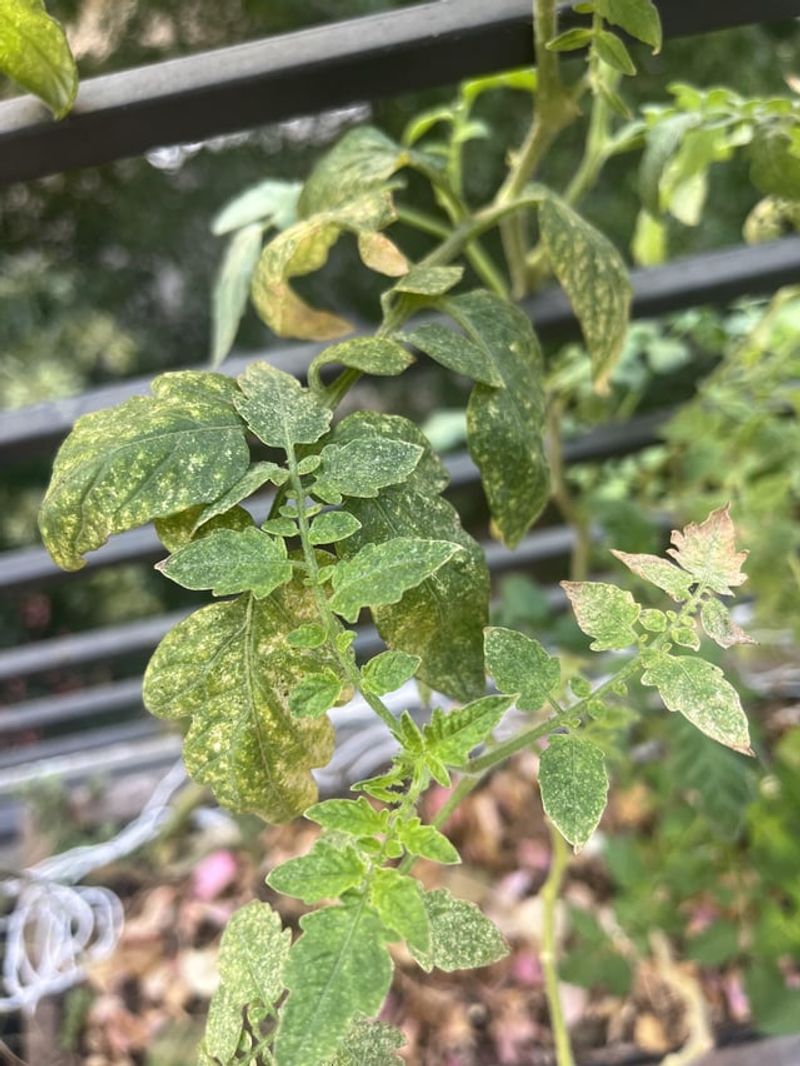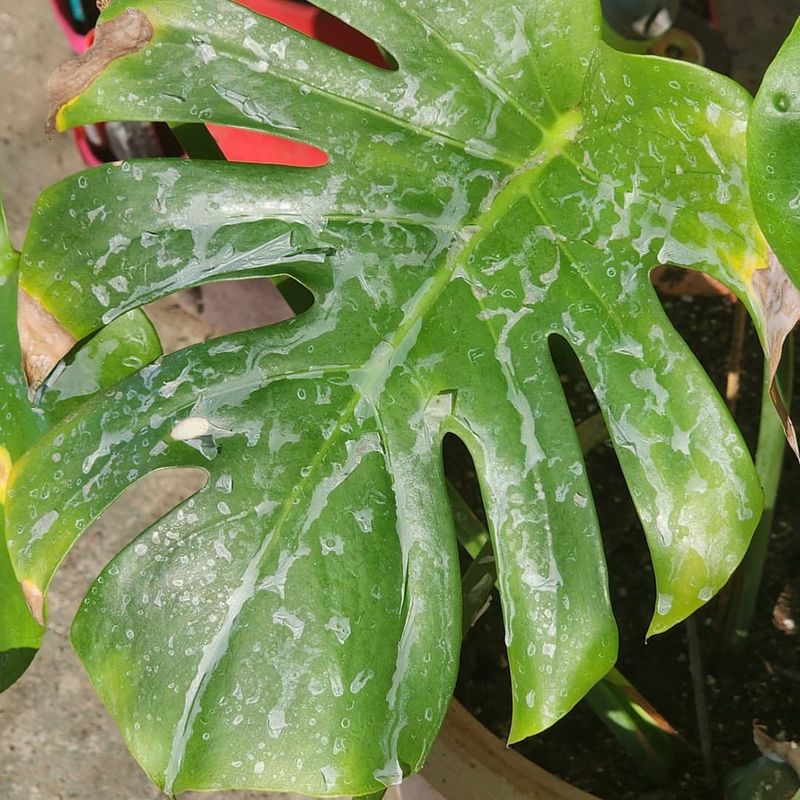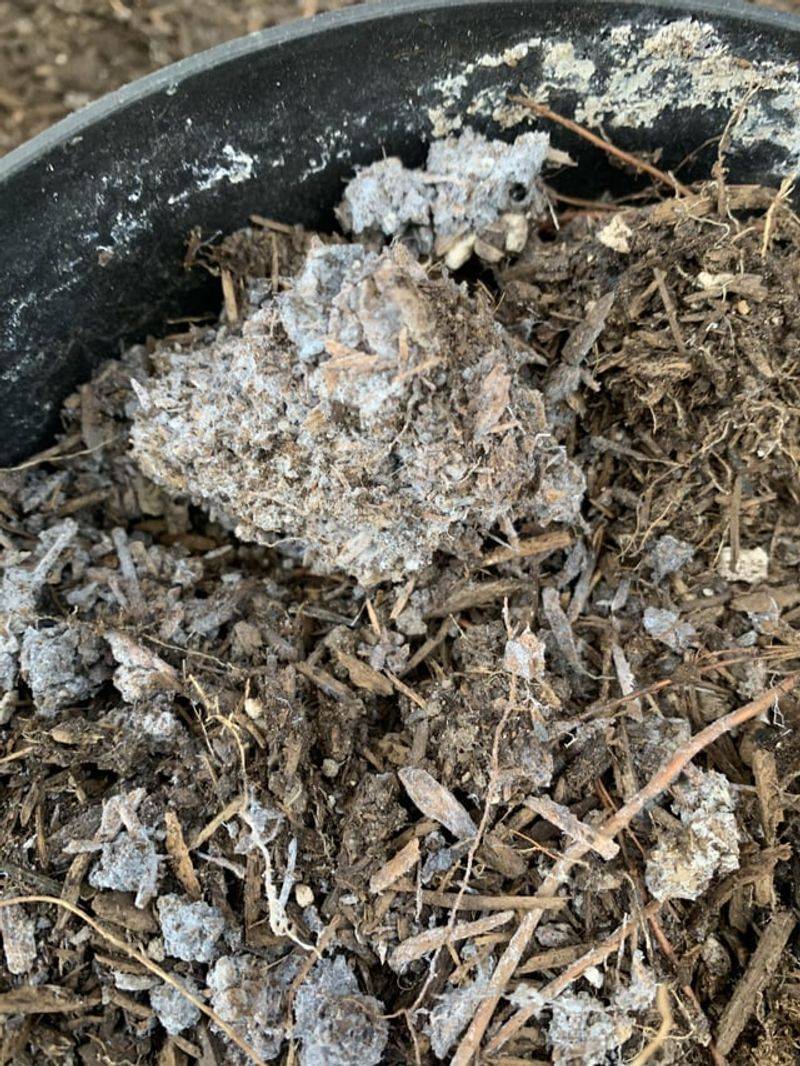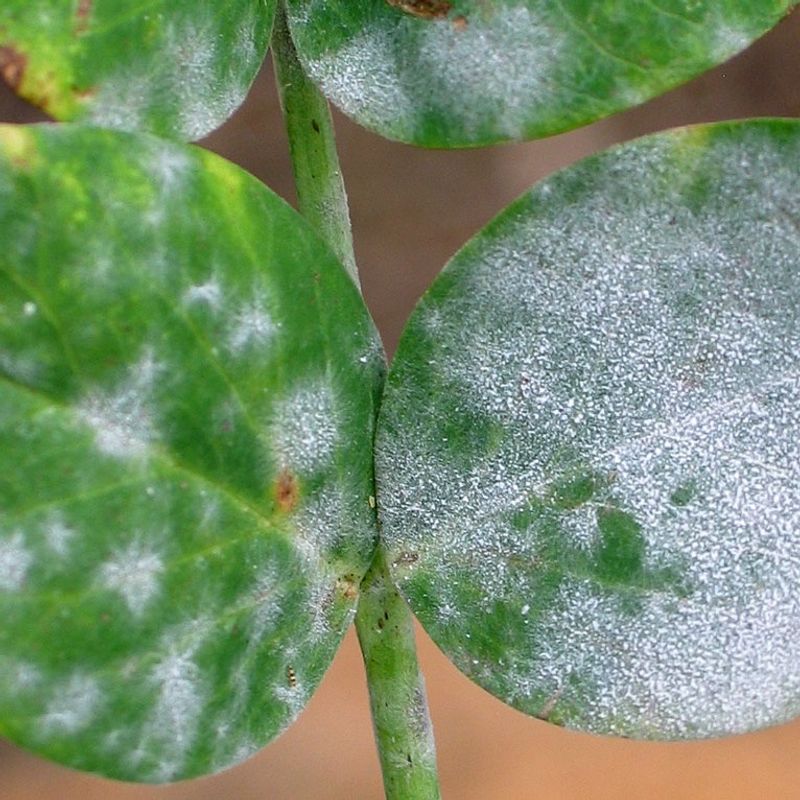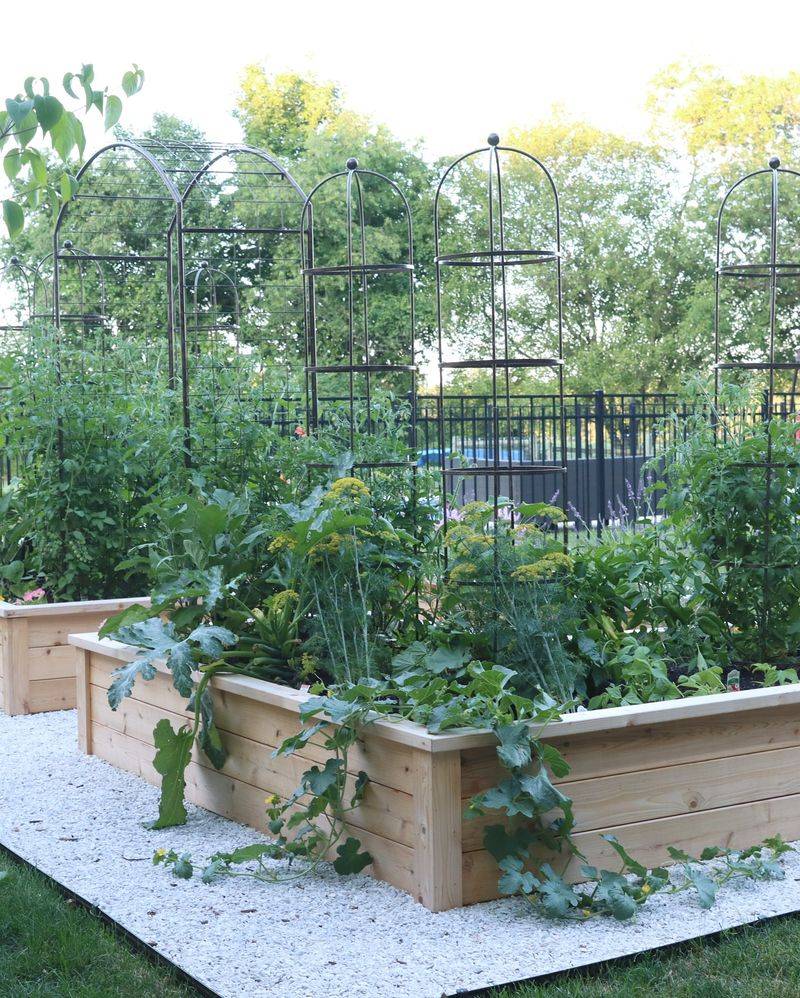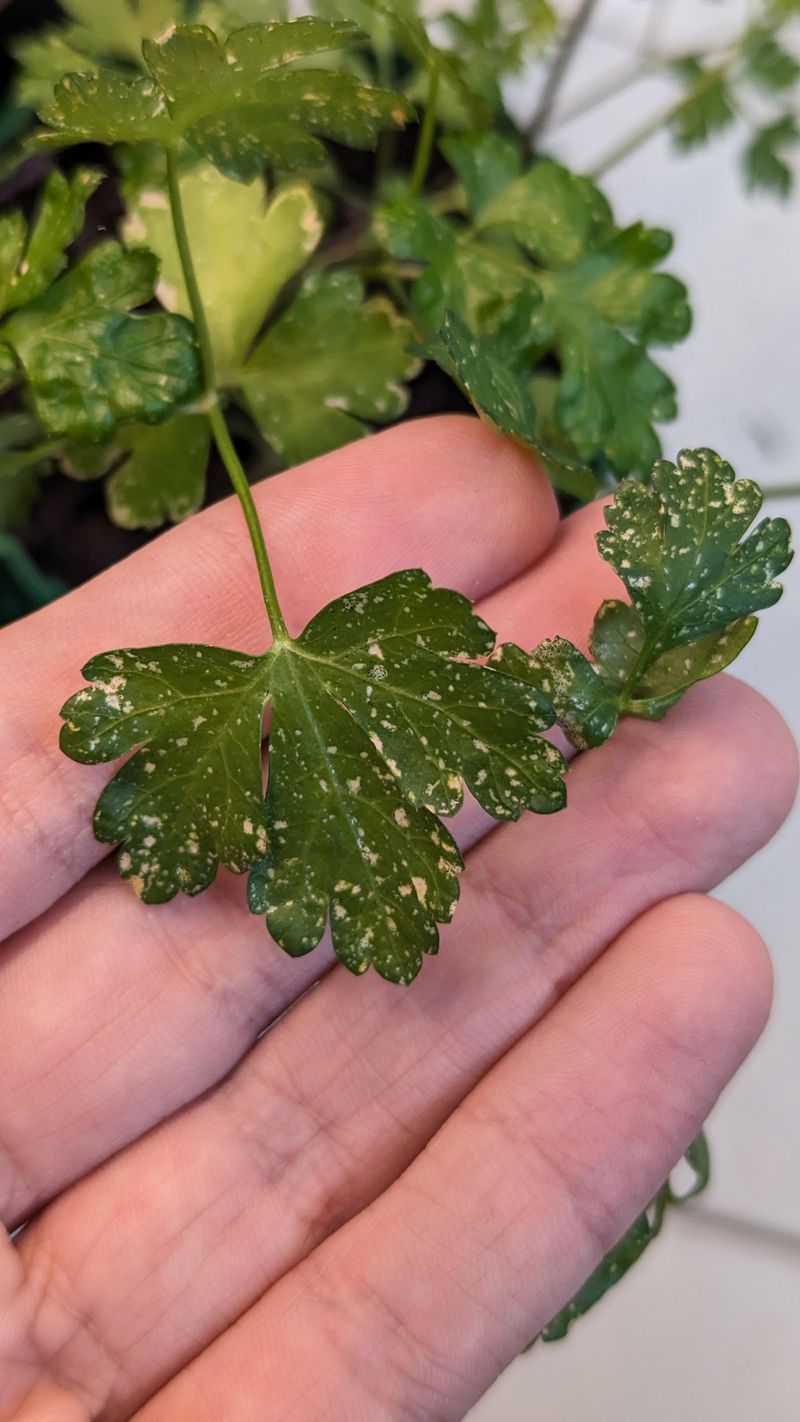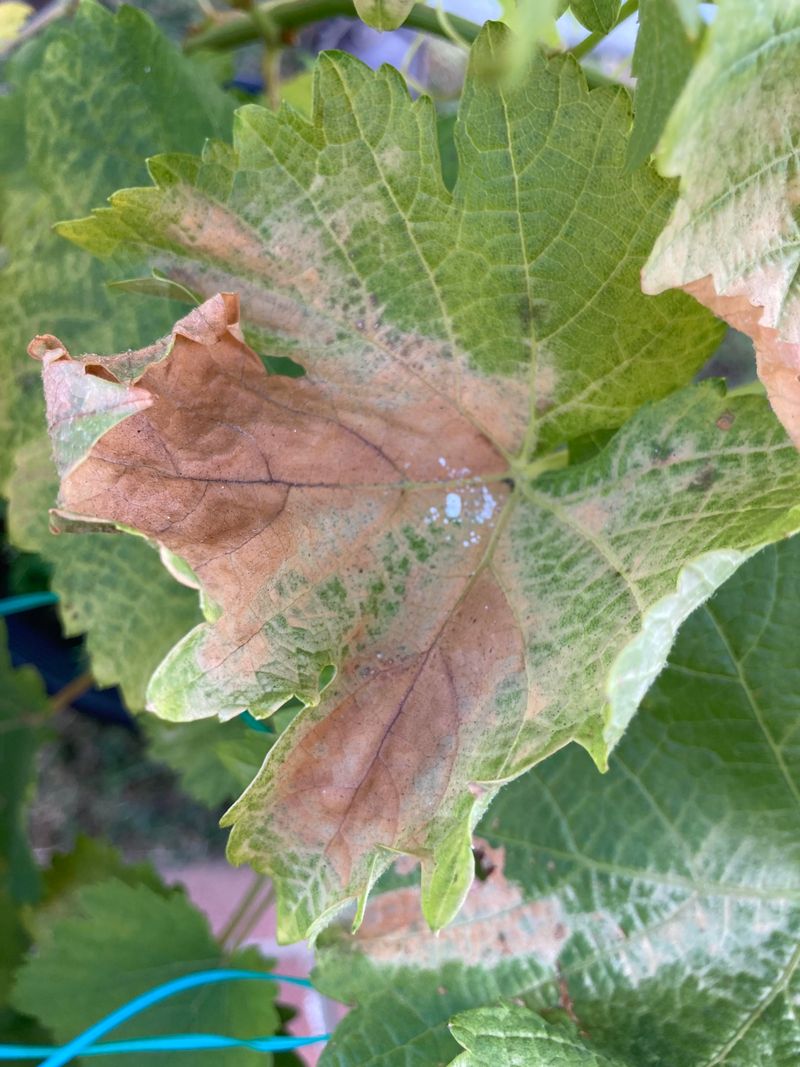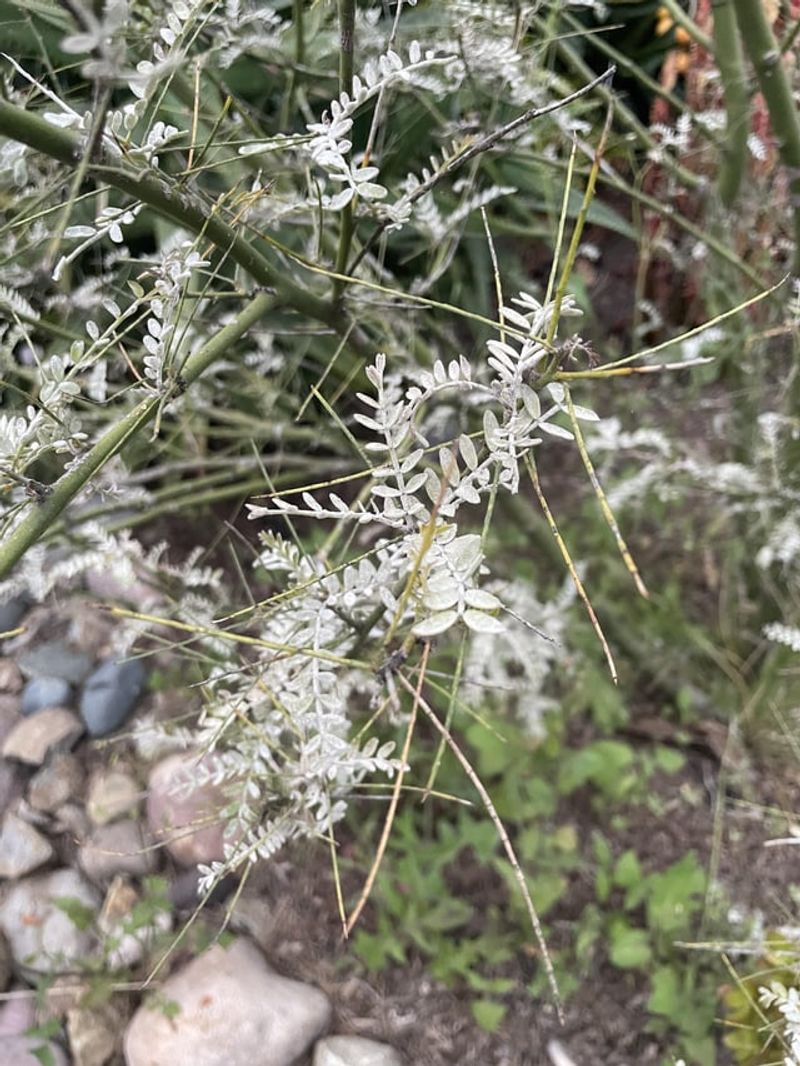This heatwave isn’t just making us sweat—it could be stirring up trouble in your raised beds, too. Powdery mildew loves warm, dry days mixed with nighttime moisture, and those conditions might be sneaking in unnoticed.
I spotted the telltale white dust on my plants last summer, and it spread faster than I expected. Catching it early can save your veggies and flowers from a dusty disaster.
Let’s learn how to spot and stop powdery mildew before it takes over!
1. Stressed Plants Become Vulnerable
Heat-stressed plants have weakened immune systems, making them easy targets for powdery mildew spores. When temperatures soar, plants redirect energy to survival rather than defense.
Your tomatoes and cucumbers might look okay on the outside, but internally they’re struggling to maintain normal functions. This stress creates the perfect opportunity for fungal infections to take hold.
2. Humidity Traps Between Plants
Crowded plants create humid microclimates even during heatwaves. The contrast between scorching daytime temperatures and cooler nights causes moisture to condense on leaf surfaces.
This trapped humidity becomes a breeding ground for powdery mildew spores. Even when the overall climate seems dry, these pockets of moisture between your plants provide perfect fungal conditions.
3. Irregular Watering Patterns
Panic-watering during heatwaves creates moisture inconsistency that powdery mildew loves. Suddenly drenching dry soil causes stress to plant roots and creates humid conditions above ground.
Your well-intentioned emergency watering might actually be creating ideal conditions for fungal growth. Mildew thrives in environments with fluctuating moisture levels rather than consistent hydration.
4. Morning Dew Evaporation Problems
Morning dew becomes problematic during heatwaves when it evaporates too quickly. This rapid moisture change creates stress on leaf surfaces and leaves behind concentrated minerals that damage protective leaf coatings.
The compromised leaf surface becomes an easy entry point for powdery mildew spores. What’s normally a refreshing morning drink for plants turns into a vulnerability during extreme heat conditions.
5. Unexpected Temperature Fluctuations
Dramatic day-to-night temperature swings during heatwaves confuse plants’ natural defense systems. The stress from adjusting to these fluctuations weakens cellular structures and immune responses.
Your garden essentially experiences climate whiplash. These temperature rollercoasters create ideal conditions for opportunistic fungal pathogens like powdery mildew to establish themselves in the weakened plant tissue.
6. Soil Moisture Evaporation
Rapidly evaporating soil moisture creates unusual humidity levels right at plant level. The water vapor rises from the soil surface before dissipating, temporarily enveloping lower leaves.
This brief humidity spike is all powdery mildew needs to establish itself. Even in raised beds with good drainage, this microclimate effect can occur during intense heat periods, especially in the late afternoon.
7. Compromised Air Circulation
Plants growing vigorously before the heatwave may now be overcrowded. The once-perfect spacing has disappeared as plants expanded, creating dead air pockets where spores collect.
Without proper airflow, even the slightest humidity gets trapped among leaves. Raised beds often have this problem during growth spurts, especially when heat causes plants to grow in unusual patterns seeking shade.
8. Overhead Watering Mistakes
Desperate to cool plants during heat, many gardeners resort to overhead watering. Water droplets magnify sunlight on leaves, causing tiny burn spots that become entry points for fungal spores.
Additionally, water that doesn’t evaporate quickly enough creates humid conditions. This combination of leaf damage and lingering moisture creates the perfect storm for powdery mildew development in your raised beds.
9. Mulch Fermentation Issues
Organic mulches can actually ferment during extreme heat, releasing moisture and ethanol into the air around plants. This creates an unusual microclimate that weakens plant surfaces and encourages fungal growth.
The decomposition process accelerates in high temperatures. What normally protects your plants becomes a source of stress and provides perfect conditions for powdery mildew to establish itself on vulnerable leaves.
10. Weakened Beneficial Microbes
Soil microorganisms that normally fight off pathogens struggle during extended heat. These beneficial bacteria and fungi can’t function optimally when soil temperatures rise above certain thresholds.
With your plant’s microscopic defenders compromised, powdery mildew faces less resistance. Raised beds, which heat up faster than ground soil, are particularly vulnerable to this microbial disruption during heatwaves.
11. Evening Watering Consequences
Watering in evening hours during a heatwave seems logical but creates problems. The moisture doesn’t have time to evaporate before temperatures drop, creating perfect conditions for overnight fungal development.
Leaves stay wet for hours in the darkness. By morning, powdery mildew has had ample time to establish itself, taking advantage of the extended moisture period when plants are most vulnerable.
12. Nutrient Imbalances From Heat
Extreme heat accelerates nutrient conversion in soil, creating imbalances that stress plants. Too much available nitrogen pushes lush, tender growth that’s particularly susceptible to powdery mildew infection.
Meanwhile, micronutrients that help plants resist disease become less available. This nutritional stress creates the perfect storm for opportunistic fungi to attack plants already struggling with heat adaptation.
13. Delayed Symptom Recognition
Early powdery mildew symptoms often mimic heat stress, causing crucial treatment delays. Those slight leaf discolorations and minor curling are easily mistaken for normal heat response.
By the time obvious white powder appears, the infection is well established. This delayed recognition allows the fungus to spread throughout your raised bed, affecting neighboring plants before you realize what’s happening.
14. Reduced Predatory Insects
Beneficial insects that normally keep fungal spores in check disappear during extreme heat. Predatory mites, certain beetles, and other microscopic helpers either die off or become less active when temperatures soar.
Without these natural controls, powdery mildew spores multiply unchecked. Raised beds, which typically host diverse insect populations, suffer from this ecological disruption during prolonged heatwaves, leaving plants vulnerable to fungal invasion.
15. Protective Leaf Wax Degradation
Plants produce natural waxy coatings that shield leaves from both water loss and pathogen entry. Extreme heat literally melts these protective waxes, creating microscopic openings for fungal invasion.
The compromised leaf surface can’t resist powdery mildew spores. This breakdown of natural defenses is particularly problematic in raised beds where plants already face more intense heat exposure than ground-level gardens.

